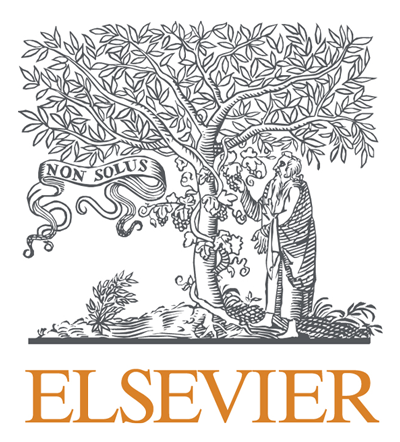Associations between anxiety and depression with daily activity, perception of COVID-19, and perception of neighbourhood during the 5th wave of COVID-19 outbreak in Hong Kong
Topics:
Keywords: Anxiety, Depression, Daily activity, Perception of COVID-19, Perception of neighbourhood, Networks analysis
Abstract Type: Virtual Paper Abstract
Authors:
Zhenchuan Yang, Institute of Space and Earth Information Science, The Chinese University of Hong Kong, Shatin, Hong Kong
Jianwei Huang, Institute of Space and Earth Information Science, The Chinese University of Hong Kong, Shatin, Hong Kong
Mei-Po Kwan, Institute of Space and Earth Information Science, The Chinese University of Hong Kong, Shatin, Hong Kong; Department of Geography and Resource Management, The Chinese University of Hong Kong, Shatin, Hong Kong
,
,
,
,
,
,
,
Abstract
Reducing people’s social interactions through non-pharmaceutical interventions could effectively control the spread of the COVID-19 outbreak. However, these mitigation measures usually have to curtail people’s daily routines, which would also lead to mental health issues. This study examines the interactions between people’s anxiety, depression, daily activity, perception of COVID-19, and perception of neighbourhood. Taking Hong Kong as an example, an online survey (N=376) was conducted to collect data between March 14 to May 11, 2022 (i.e., the 5th wave of the COVID-19 outbreak in the city). The data include people’s self-reported anxiety (AN) and depression (DE) symptoms (i.e., Patient Health Questionaire-4 [PHQ-4]), daily activities (DA) (e.g., the usage of smartphone), perception of COVID-19 (PC) (e.g., the risk of infecting COVID-19), and perception of neighbourhood (PN) (e.g., this is a close-knit community). Using the centrality analysis, we found that problematic smartphone usage, people’s perception of daily life disturbed by COVID-19, and people in the community who can get along well with each other are predominant factors associated with anxiety and depression in DA, PC, and PN, respectively. Using the critical path analysis, we identified several critical paths connecting anxiety, depression, and their associated factors. Using the network comparison, we found differences in the mechanism among AN, DE, DA, PC, and PN between people with low and high levels of education. These results provide important insights in designing appropriate non-pharmaceutical interventions without impairing people’s mental health for public health in the future.
Associations between anxiety and depression with daily activity, perception of COVID-19, and perception of neighbourhood during the 5th wave of COVID-19 outbreak in Hong Kong
Category
Virtual Paper Abstract








